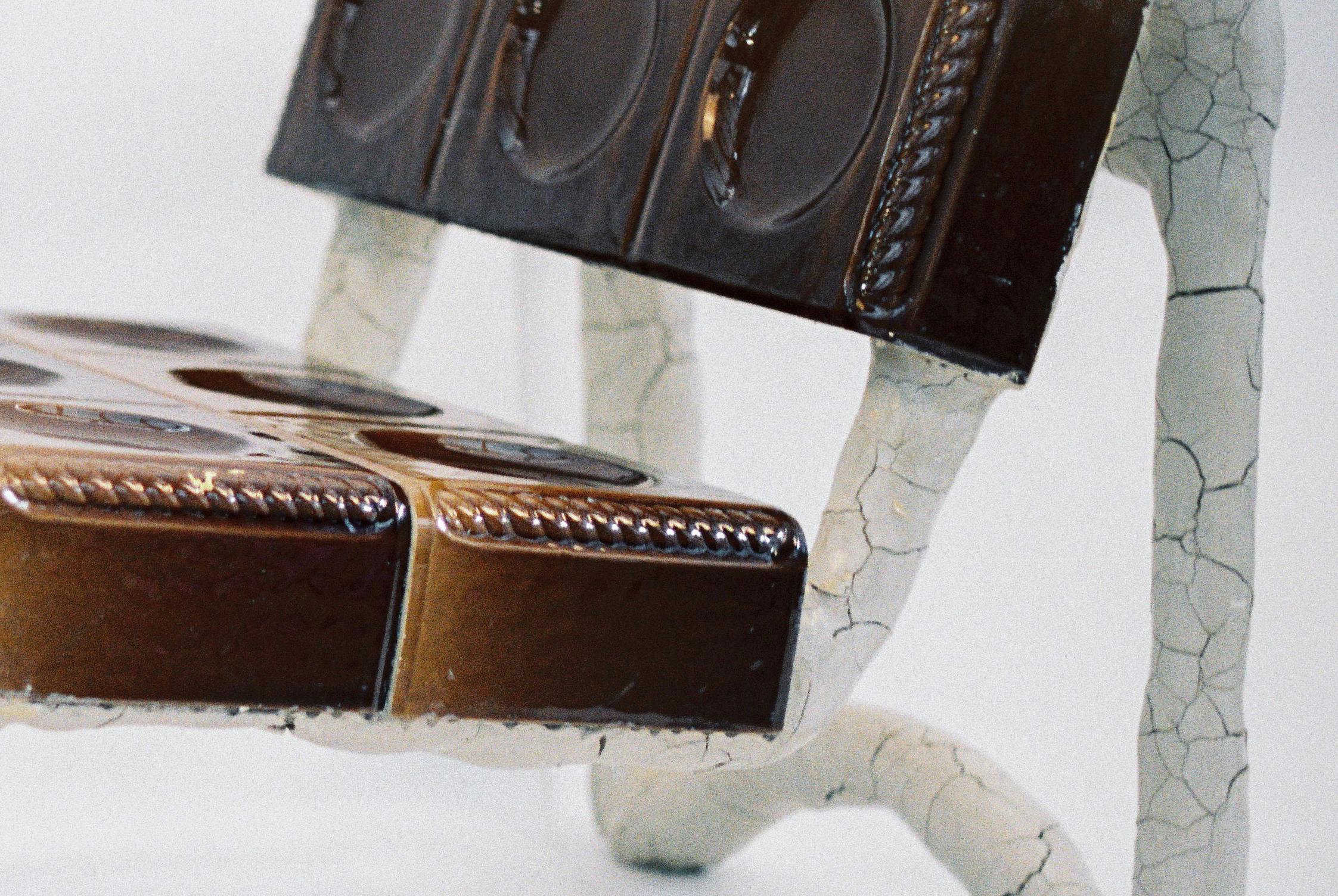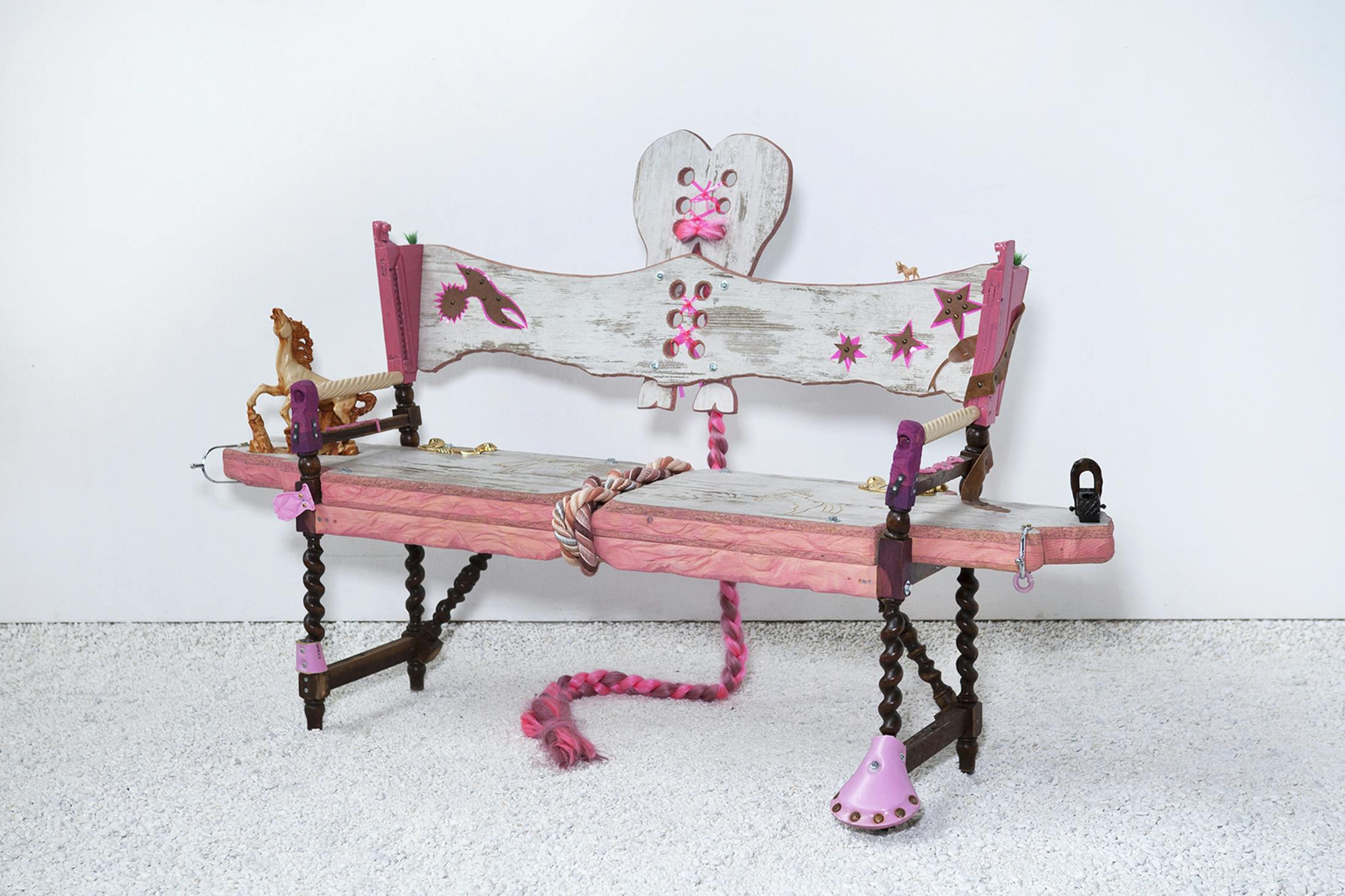
Arnaud Eubelen
Arnaud Eubelen works in the no man's land between sculpture and design, questioning our assumptions that lead from concepts to objects, shifting their use and context to highlight their intrinsic qualities and values.
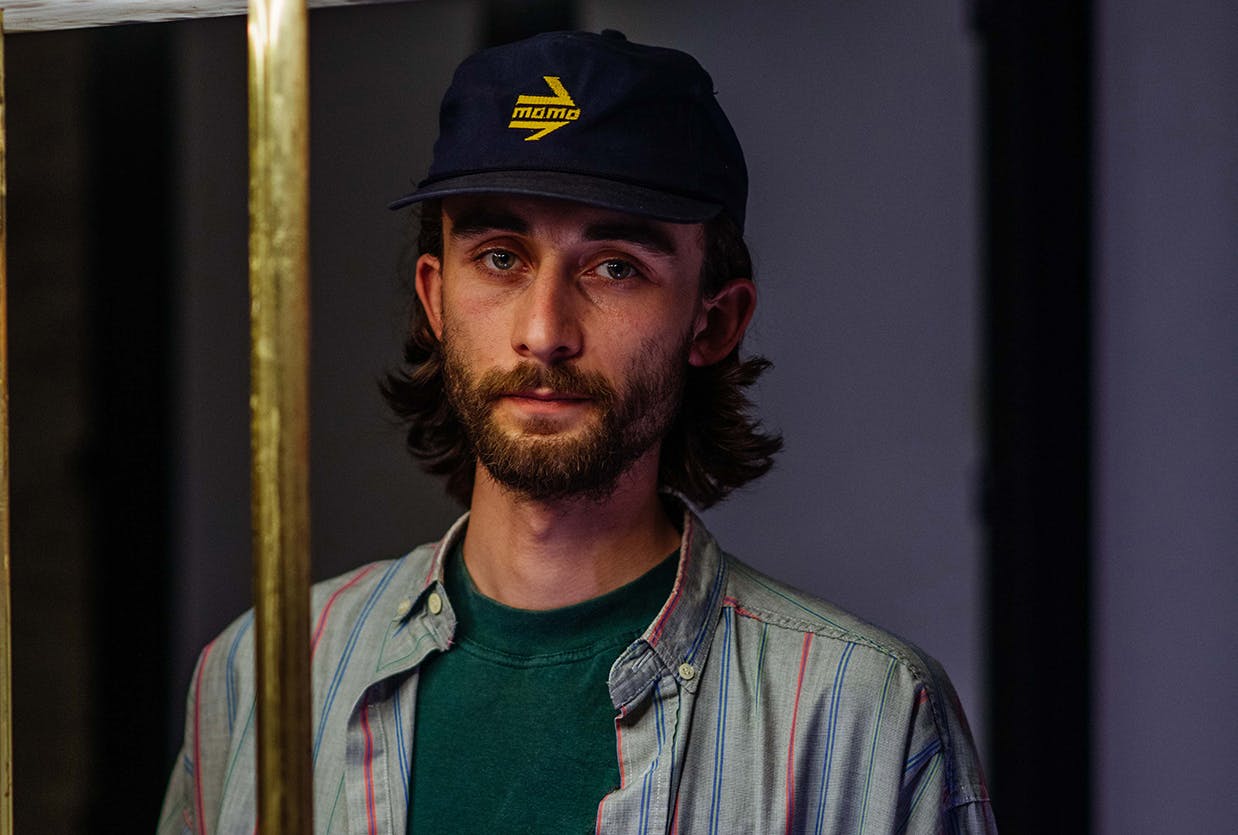
Arnaud Eubelen - Liege, Belgium, 1991 - works in the no man's land between sculpture and design, questioning our assumptions that lead from concepts to objects by re-appropriating and re-evaluating the various industrial building blocks of our world, shifting their use and context to highlight their intrinsic qualities and values.
Rewiring and rewriting the urban context around us through different layers of materials with their own history and life, he considers the streets of the artificial world we live in as hardware stores or a "material library" as he calls it.

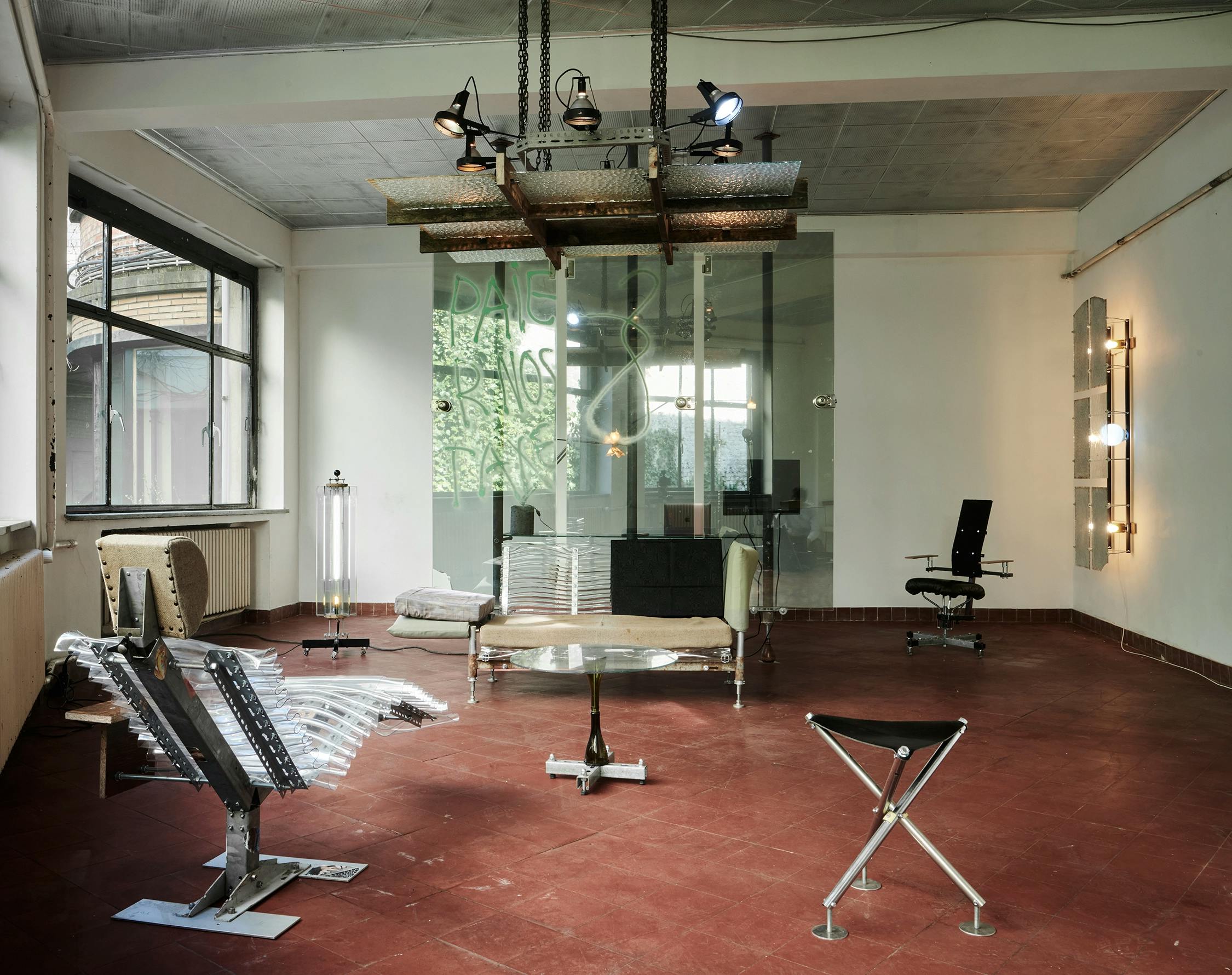
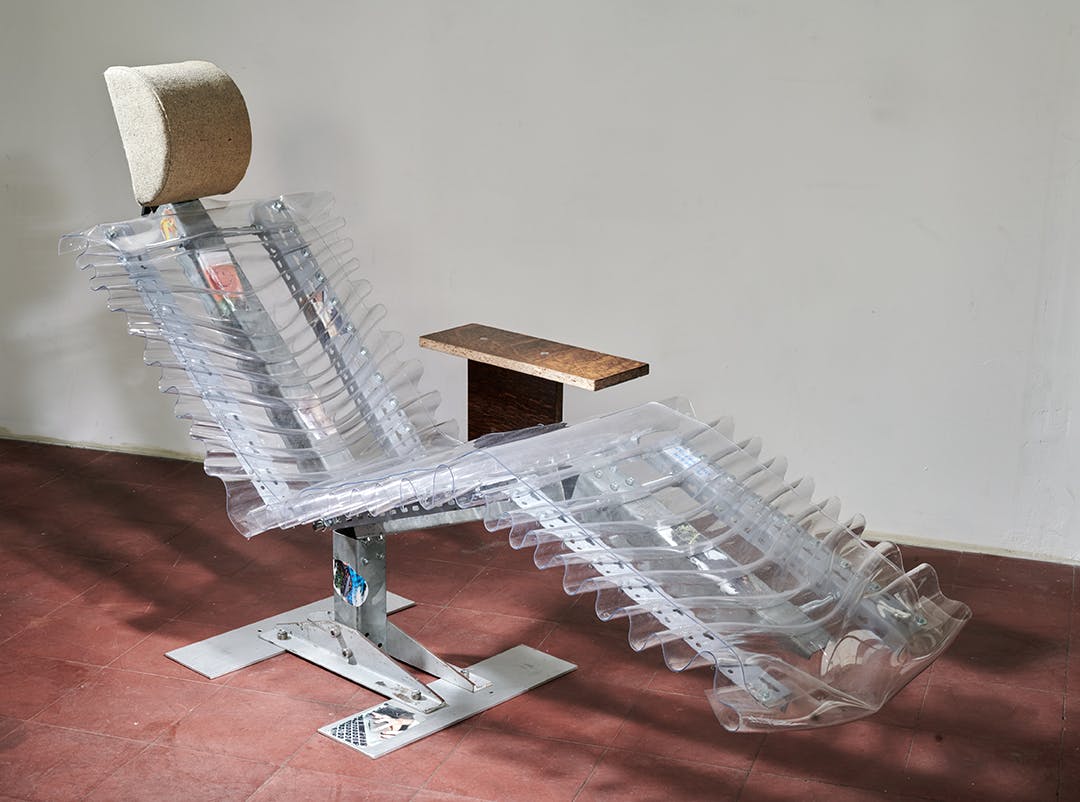
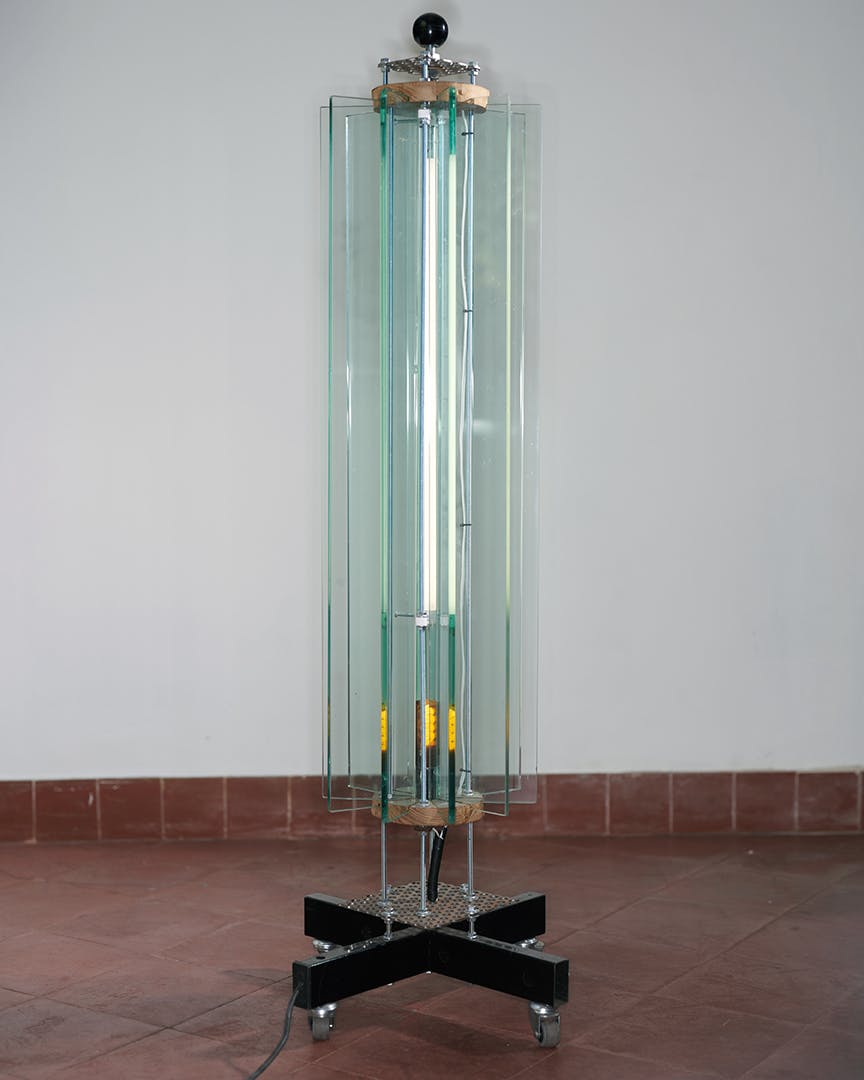
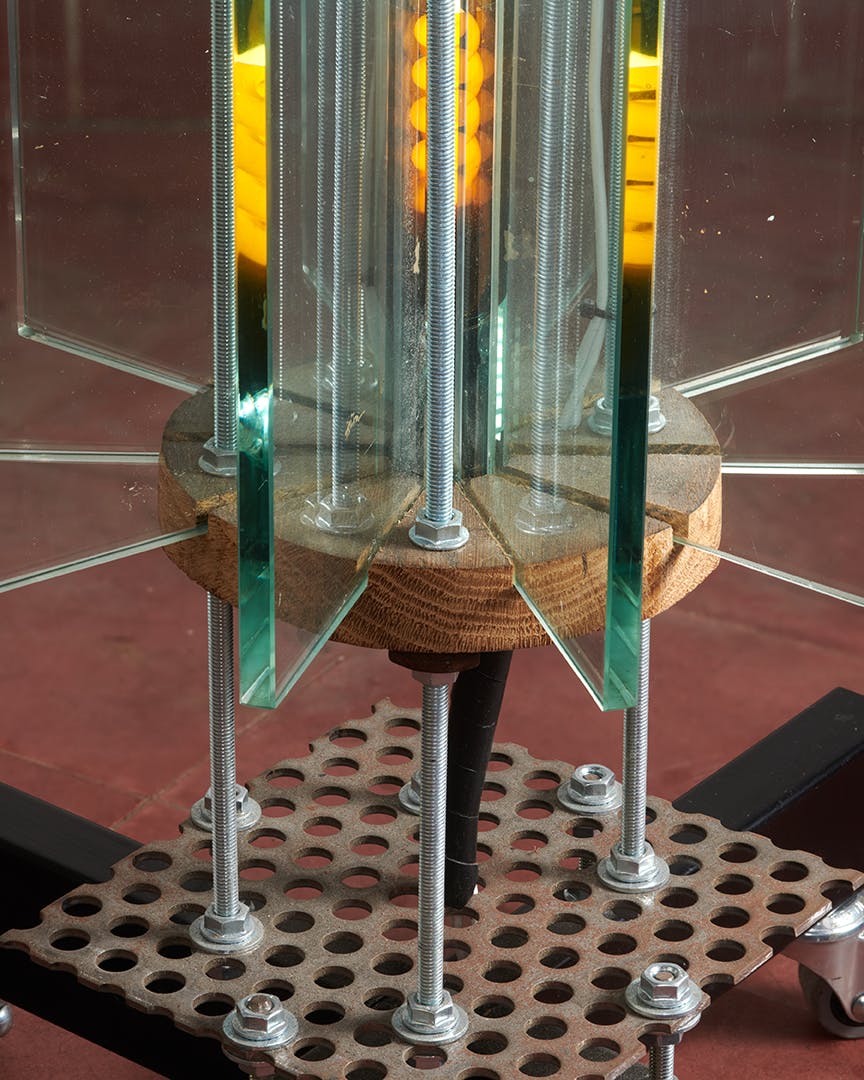
My Homies Exhibition
Medusa Gallery
Brussels, Belgium
Imagined and construed as a habitation, Arnaud Eubelen’s installation My Homies questions what the essence of a household is.
Thevariousf words that designate a living space indicate its polymorphic nature: house, home, habitat, residence, “my place”, domicile, household, shelter. The living space acts as a differentiator between the exterior and the interior, the familiar and the unknown. Referring to a ‘place where fire is made’, the hearth emphasises the warmth and familiarity of the living space: far from being a transient shelter, the home is a space that is being turned to time and again. This sense of mutual belonging between the home and its occupant is underlined in the distinction the English language makes between a house and a home.
With My Homies, Arnaud Eubelen suggests that the home can be defined by the sharing of a space with the inanimate cohabitants that are the furniture - or even more broadly, the objects that occupy it. Homies are not only close friends but also the objects around which we gather. In other words, the home is less about the walls that delimit the space than the objects that occupy it.
As a symbolic reproduction of the artist’s flat in Brussels, My Homies creates a singular space that could serve s an ideal home in a dystopian future. It invites the visitor into a new experience, in which he or she is the inhabitant of a space that is as aesthetic as it appears hostile to life. Objects with industrial materials and sharp shapes stand in categorical opposition to any attempt at organic development. The particular scenography of My Homies also makes it an immersive work, an installation whose elements extend to the surface of the walls, the colour of the ceiling.
The mirror placed at the entrance inaugurates the journey between light and darkness, clear reflection and indiscernible figure. Through the efficiency of the method and the authenticity of the material - a waste product, recovered from the street and barely transformed, now an essential component of the home - Arnaud Eubelen invites the visitor to question all the possible combinations between the inside, the familiar, the outside, and the strange.
Enveloped with a poem by Romain Beaudot, the new publication, intended to complement the exhibition, traces Arnaud’s footsteps to the conception of his trash-to-treasure practice. Arnaud Eubelen and Jeanne Mouffe created this publication together with Birthday, Felony & Fuss, a Brussels-based publishing house that aims to restore relevance of artists’ books and multiples among young and emerging artists and writers.
Text by Jeanne Mouffe

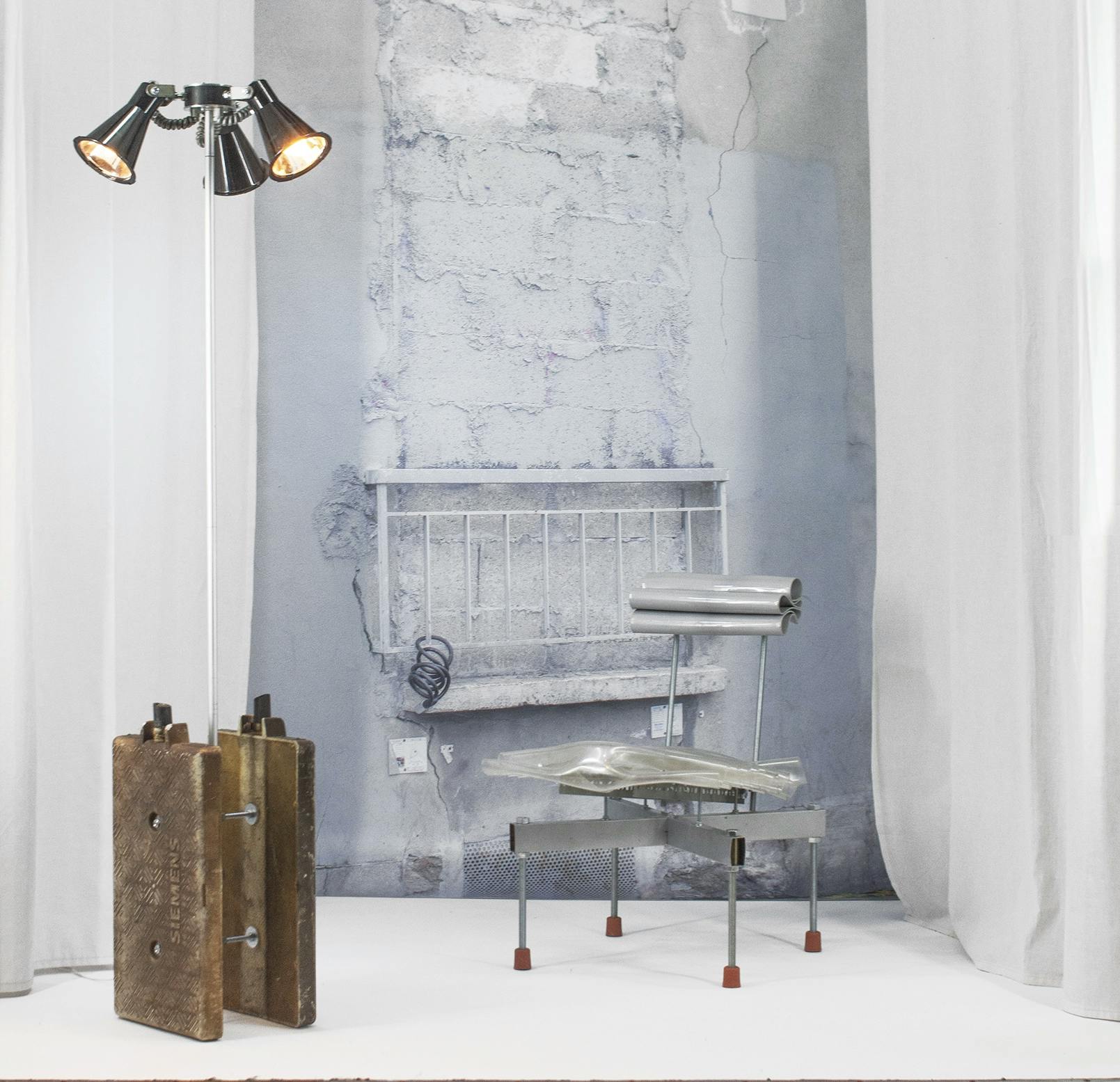
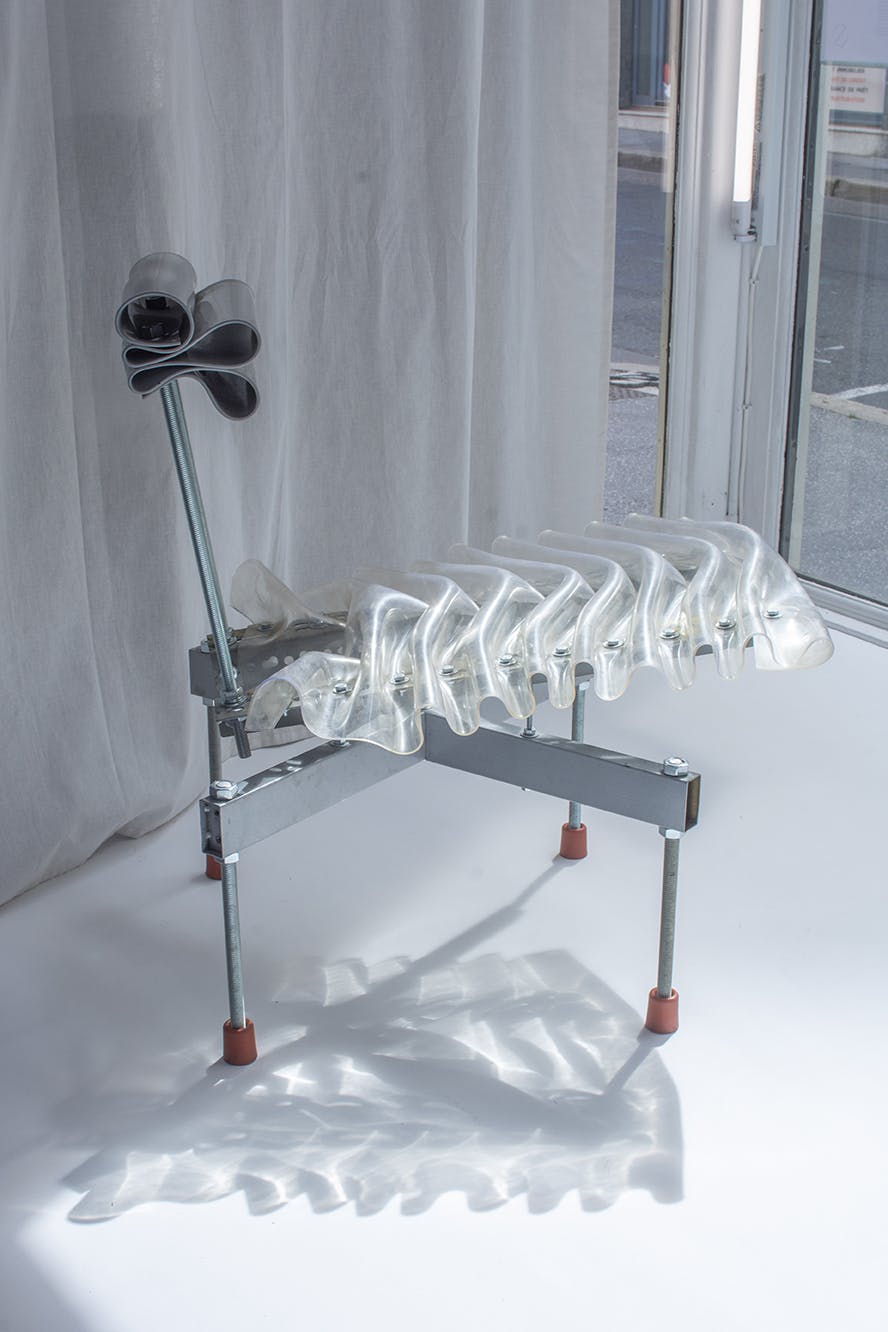
A Lounge In A Dead End
Asso-Surface
Saint-Etienne
The past materials are not forgotten but reworked, enhanced, sublimated, and innovated. We find ourselves, metaphorically speaking, in front of a sort of Neo–Brussels, a fundamental European crossroads and essential heart of numerous cultural, historical, and social realities, characterised by a particular atmosphere in which Arnaud Eubelen elaborates and researches in his artistic practice the total hybridisation between design and sculpture, influenced by a significant industrial past.
In the artist's opening words, I find the dialogical interstice between inside and outside, between the living room and the street. His artistic practice breaks down the meaningful and physical boundary between danger and intimacy, between us and others, and between the collective and the private. This makes the Belgian artist an undisputed protagonist of his time and an active citizen who survives the murky stagnation of civil immobility.
Precisely for these reasons, the operation carried out by the artist brings with it numerous reflections, many of a historical nature, others linked to the sphere of plastic and visual arts, orbiting around the world of design and urban regeneration. Allegorically, his final work is consolidated through an exploratory phase similar to alchemical transmutation. By reworking discarded, abandoned,deterioratedd and unusable materials to the point of mere rubbish, a redevelopment of the object is activated through a new form and destination, which the artist weaves through a close link with the territory. A circle of perpetual reworking pushes the artist to multiple and never–predictable paths.
Text by Giacomo Infantino

































